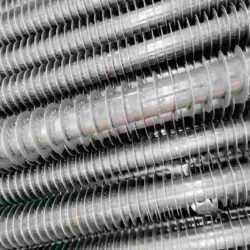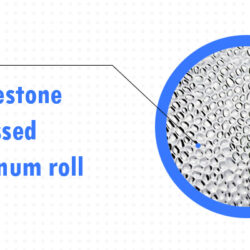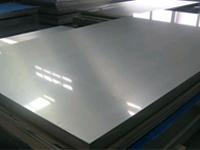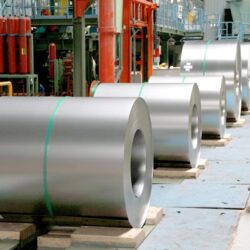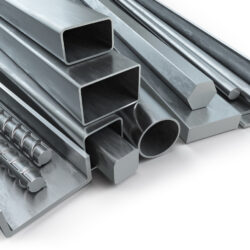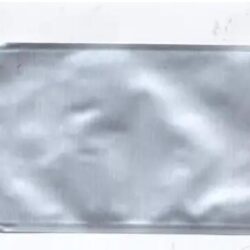Steel is one of the most common engineering and building materials in the world, found virtually everywhere in a million common everyday items. Of that steel, a significant proportion is stainless steel, considered to be rust-proof. But not all stainless steels are the same and many people don’t know what exactly makes steel “stainless”. Let’s look at the chemistry of this most useful metal so you can decide which type may be best for your next manufacturing project.
Stainless steel’s magic ingredient is the addition of at least 10.5% chromium which hardens the metals’ surface and makes it rust resistant. Oxygen reacts with iron to produce rust in a process known as oxidization. When chromium reacts with oxygen, it forms a tough top layer which protects the alloy from corrosion, making it a metal of choice in construction, engineering, architecture, and manufacturing.
First Of All, What Is Stainless Steel?
First, let’s look at carbon steel. When exposed to moisture, the iron in carbon steel reacts with oxygen to slowly form a reddish iron oxide. A quick touch with a grinding wheel removes the rust and reveals the clean steel underneath.
Now contrast that with the formation of chromium oxide on stainless steel. Stainless steel comprises about 50 percent iron and anywhere between 10.5 percent (12 percent is a typical minimal amount) and 30 percent chromium, depending on the grade.
The chromium oxide layer forms on the stainless steel surface when chromium reacts with oxygen. This happens instantly, with formation speeds measured in nanoseconds and film thicknesses in microns.
So why is this important? It means that stainless steel’s most prominent stainless property is corrosion resistance, which results from its ability to form and regenerate a chromium oxide layer in the presence of oxygen. However, stainless steel does not provide corrosion resistance below the oxide layer. As a result, once corrosion initiates, it progresses rapidly.
A good example of this is the pitting or crevice corrosion that can occur in heat exchangers in the gaps between the tubes and tubesheet. The sheet has hundreds of machined holes to support bundles of tubes, and cooling water or steam flows around the tubes. Corrosion initiates if fluids seep into the gap between the tube and tubesheet because oxygen has no access to that area to re-form chromium oxide. As a result, manufacturers of heat exchangers put a seal weld, usually with gas tungsten arc welding (GTAW), around each tube. The weld doesn’t need to be strong, but it does need to be watertight.
How Do We Use Stainless Steel in Manufacturing?
We use stainless steel every day to make finished components via CNC machining and metal 3D printing. Some alloys are biocompatible so they can be used for medical instruments as well as implants and dentrifices.
We also use stainless steel to make tools and dies for plastic injection molding and pressure die casting. There are two main reasons for this. One is that tool steel with higher chromium content, like P20 or NAK80, can take a very nice polish so they produce glossy finishes on the molded parts. And they are resistant to the corrosive chemical
